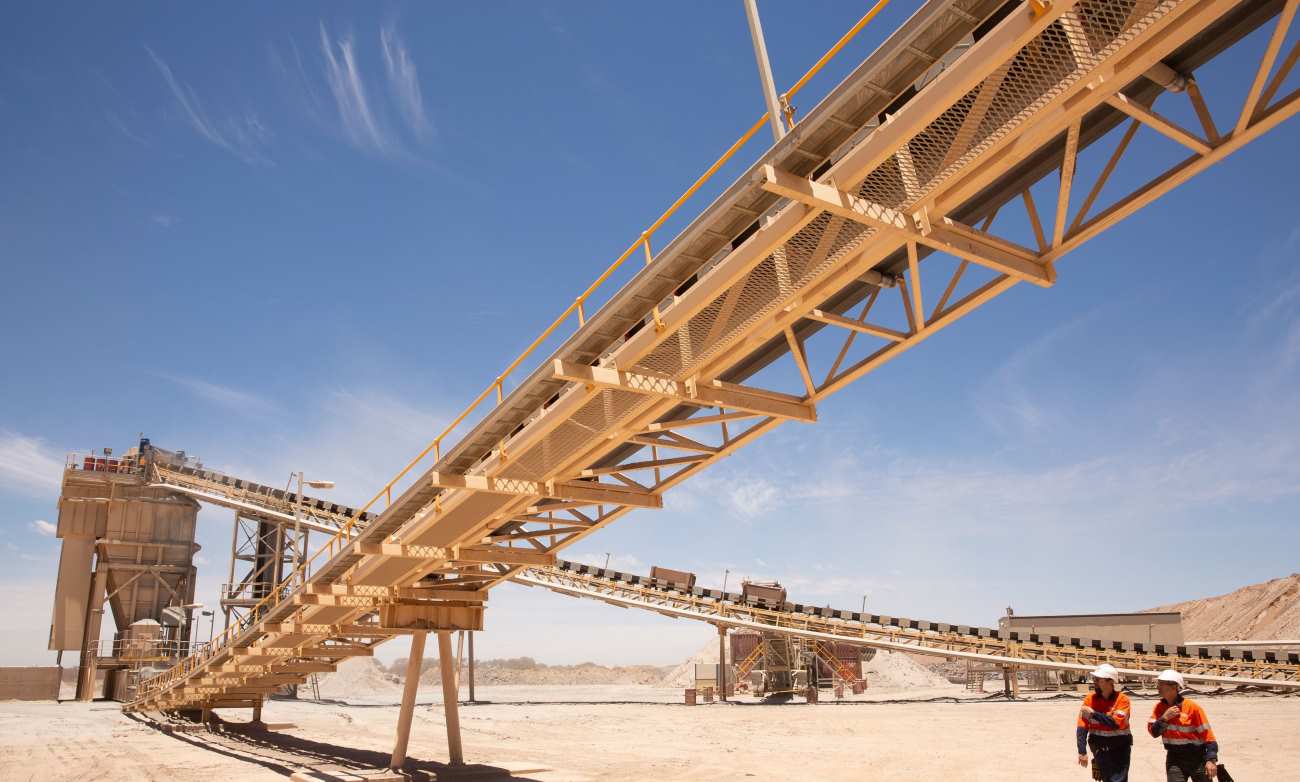
The big question among miners is: has Australia’s iron ore supercycle ended? The latest data suggests it may have.
As China’s real estate boom eases, so too does the nation’s demand for steel and, in turn, iron ore.
And major players like BHP and Rio Tinto have kept an eye on Fe’s performance, diversifying their portfolios to minimise reliance on it. BHP has a thriving copper business, while Rio has diversified into critical minerals and clean aluminium smelting.
And both companies pay more to unearth their iron ore from the ground. Under the guidance of Andrew Forrest, Fortescue is exploring alternative fuels, mainly hydrogen.
While Gina Rinehart’s Roy Hill pursues its own decarbonisation, automation and efficiency metrics. Efforts are underway in the Pilbara to move iron ore up the value chain and into precursors for clean steelmaking; however, the days of mammoth export profits could be behind us. But rather than spelling doom for Australia’s economy, the decline of Iron Ore could open the door for a shift towards the critical minerals essential for the energy transition.
As the tides shift, miners will look for new minerals alongside new sourcing methods.
The rise of Lithium highlights the incredible demand currently developing for rare and battery-orientated minerals. And as the world’s largest supplier of Li (with over 50% alone) and most of the world’s reserves, Lithium is an obvious candidate for Australia’s next mining boom.
Rare earths are a wide-ranging and diverse category, and where iron ore was relatively cheap to pull out of the ground, these minerals are more cost-intensive.
However, demand remains strong:
Elon’s Baby fell well behind the Chinese car manufacturer BYD, however, which grew at 211%, rolling 1,858,364 EVs off the production line.
These figures are expected to continue until 2030, when Tesla hopes to produce 20 million vehicles annually. This aligns with the Australian Government’s outlook that by 2030, 50% of all new vehicles purchased will be EVs.
Thanks to the boom in iron ore exports and mining operations – not to mention the profits – Australia possesses an extensive and world-leading mining infrastructure.
Central to the issue is our vast mineral wealth, including rare elements and battery minerals.
Australia is the world’s second-largest producer of light and heavy rare earths, with large, high-quality reserves in stock. And as the world demands more batteries, EVs and solar panels, our investment in future-focussed minerals will pay significant dividends.
Perhaps not as large as those during the peak of iron ore, but more than enough to keep Australia at the forefront of mining for many years to come.
Predictions are that Australia’s iron ore boom could be over.
With declining demand in China and other suppliers entering the market, it’s time for miners to shift focus. Namely towards the energy transition.
Critical rare earth minerals present a rare opportunity for Australia to go from boom to boom. And as the world shifts to net zero carbon emissions, it’s a trend that will work in our favour.
Dust suppression is a critical issue in the world of mining and resources.
Learn more about GRT’s industry-leading and IoT-connected SMART Dosing Units, and discover how we’re driving better dust suppression solutions for all!
Your feedback is important to us.
If you enjoyed reading this Global Road Technology industry update and found it informative, please let us know by leaving a REVIEW.
https://elements.visualcapitalist.com/visualizing-global-ev-production-in-2022-by-brand/
https://electricvehiclecouncil.com.au/wp-content/uploads/2022/08/Home-EV-charging-2030.pdf
https://www.abc.net.au/news/2023-05-30/australian-iron-ore-boom-ending-after-china-rift/102408002